Four Sources of Stress & How to Beat Them
 Stress is a normal physical response. Everyone feels stress. You may feel stress when you have too many errands to run, when you are given a promotion at work, or in your daily commute through Atlanta traffic!
Stress is a normal physical response. Everyone feels stress. You may feel stress when you have too many errands to run, when you are given a promotion at work, or in your daily commute through Atlanta traffic!
During stressful times, your body responds physically by producing hormones to speed up your heart, make you breathe faster, and give you a big burst of energy. That physical reaction is called the “fight or flight” response.
Some stress is good and some stress is bad. But when stress happens too often, it can take a toll on your body. So that’s why I want to discuss where stress comes from and how you can effectively manage it.
Take a look around you. The environment in which you live can cause stress. Pollution causes stress and comes in the form of substances or energy — think trash or smog and noise or light pollution. Your environment also includes your family, home, neighbors, community, and geographic location. The people with whom you choose to surround yourself can either be uplifting and positive or upsetting and negative. Being isolated or overcrowded can also cause stress depending upon which situation you prefer.
Your diet may be causing you stress. The food that you eat either nourishes or starves your body. Do you eat mostly processed foods with chemical additives and empty calories? Doing so creates a toxic environment inside your body and allows you to become more susceptible to sickness and disease.
How much physical activity do you get? Science and medicine have proven that exercise negates the effects of bad stress on your body and in most cases it does so better than any prescription medicine. On the other hand, a lack of physical activity can make even small amounts of stress seem monumental.
Take an inventory of what you’re feeling right now. Are you worried, doubtful, fearful? Do you feel happy, confident, or at ease? Your attitude and how you choose to react to stress can either cause you more stress or help you release stress. Oftentimes people manufacture stress in their thoughts that then manifest themselves in their bodies and environment.
 The good news is you have choices here. You can choose to take control of all of these factors in your life. Or you can choose to be a victim to stress and succumb to headaches, ulcers, back pain, sickness, disease, obesity, depression, unhealthy relationships…
The good news is you have choices here. You can choose to take control of all of these factors in your life. Or you can choose to be a victim to stress and succumb to headaches, ulcers, back pain, sickness, disease, obesity, depression, unhealthy relationships…
Take a moment to look at these four areas of your life. Identify the stress points. Then allow yourself to decide whether you will take control of that stress or simply accept it.
Reprinted with permission from Christina Estrada. Originally printed on yourfamilylifestylecoach.com.
Christina Estrada is a lifestyle coach helping people discover their strengths and reset their mindset for a healthier, more fulfilling life. She is a holds multiple certifications with International Sports Sciences Association (ISSA), including Master Personal Trainer, and Specialist in Fitness Nutrition, Youth Fitness, and Senior Fitness.




 Healthcare providers have been prescribing lifestyle improvement for thousands of years. The evidence has been built from the observations of Hippocrates all the way to the neuroscience of today. We know, from mountainous reams of data, that lifestyle affects the course of an illness or health challenge. The challenge for the healthcare provider of today is to see the “lifestyle prescription” translated into lasting lifestyle change. Many well-intentioned healthcare professionals have attempted to educate and admonish their patients into losing weight, ceasing the use of tobacco, managing their stress better, getting more sleep, being medically compliant/adherent, etc. Seeing actual success in behavioral change happening far too seldom, many have abandoned such efforts and just reach for the pharmaceutical prescription pad.
Healthcare providers have been prescribing lifestyle improvement for thousands of years. The evidence has been built from the observations of Hippocrates all the way to the neuroscience of today. We know, from mountainous reams of data, that lifestyle affects the course of an illness or health challenge. The challenge for the healthcare provider of today is to see the “lifestyle prescription” translated into lasting lifestyle change. Many well-intentioned healthcare professionals have attempted to educate and admonish their patients into losing weight, ceasing the use of tobacco, managing their stress better, getting more sleep, being medically compliant/adherent, etc. Seeing actual success in behavioral change happening far too seldom, many have abandoned such efforts and just reach for the pharmaceutical prescription pad.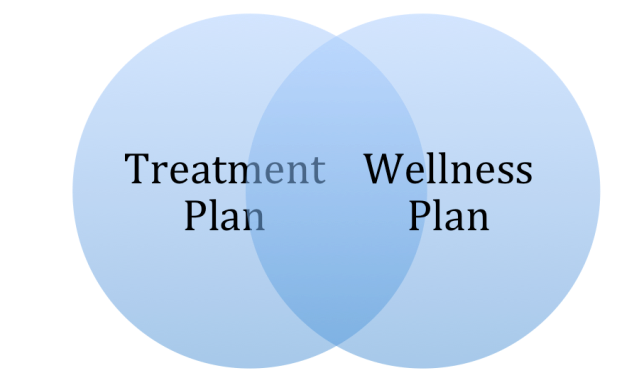
 When clients are operating on a Wellness Plan that they have truly helped co-create with their own buy-in, the opportunity for weaving in Areas of Focus, Goals and Action Steps that support what their treatment team wants to see becomes obvious. Clients then have the structure and support they need to carry out the goals of the Lifestyle Prescription.
When clients are operating on a Wellness Plan that they have truly helped co-create with their own buy-in, the opportunity for weaving in Areas of Focus, Goals and Action Steps that support what their treatment team wants to see becomes obvious. Clients then have the structure and support they need to carry out the goals of the Lifestyle Prescription.


 Research suggests that older people, including athletes, should increase their protein intake to 1.4 g to 1.6 g/kg per day, and up to 40 grams after hard exercise. Exercise physiologist Robert Murray, PhD,(
Research suggests that older people, including athletes, should increase their protein intake to 1.4 g to 1.6 g/kg per day, and up to 40 grams after hard exercise. Exercise physiologist Robert Murray, PhD,(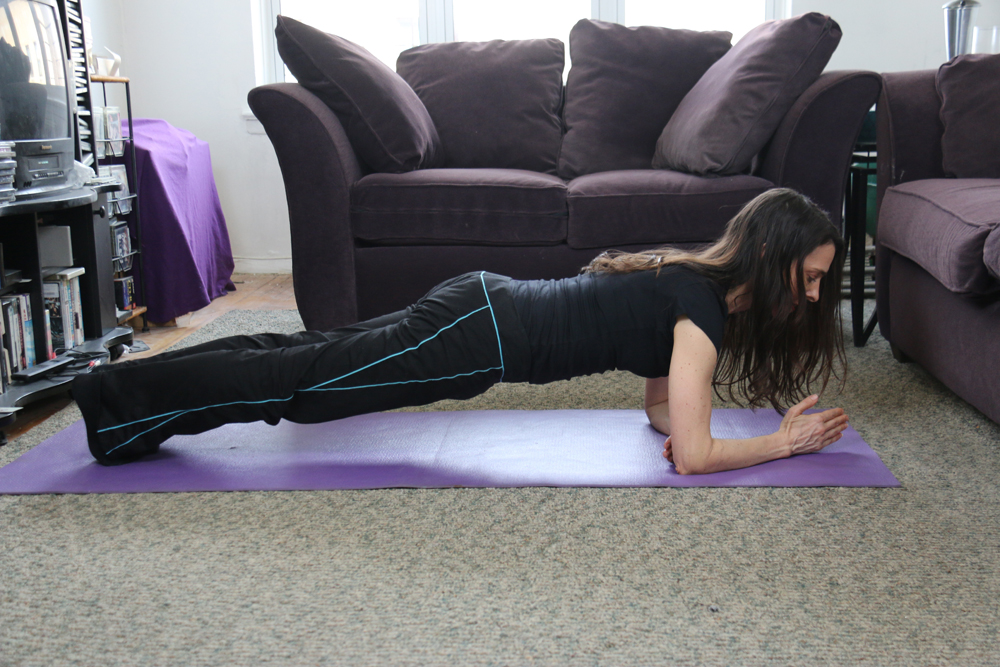
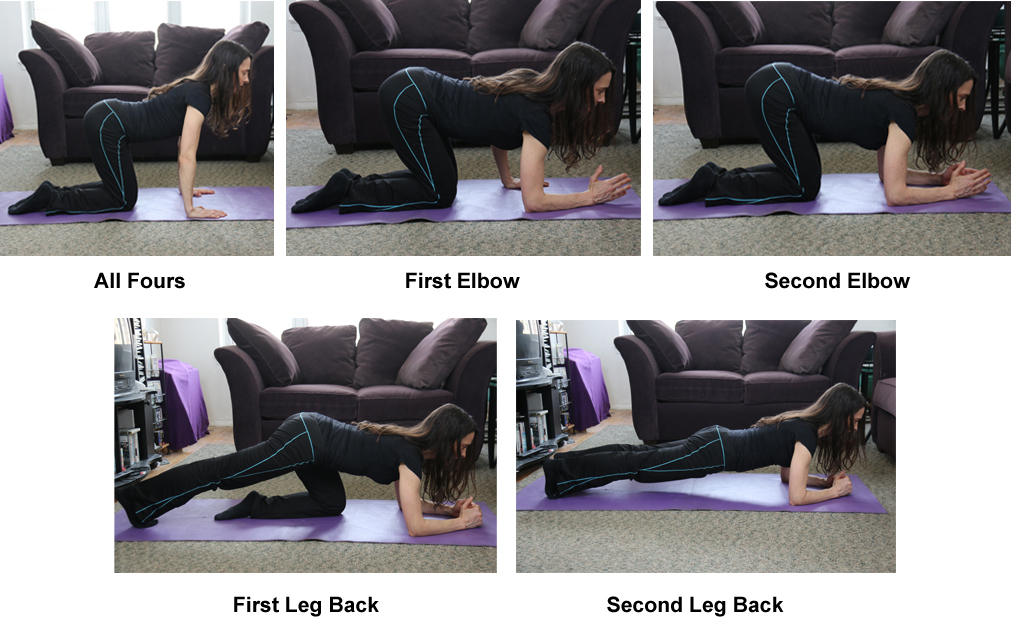
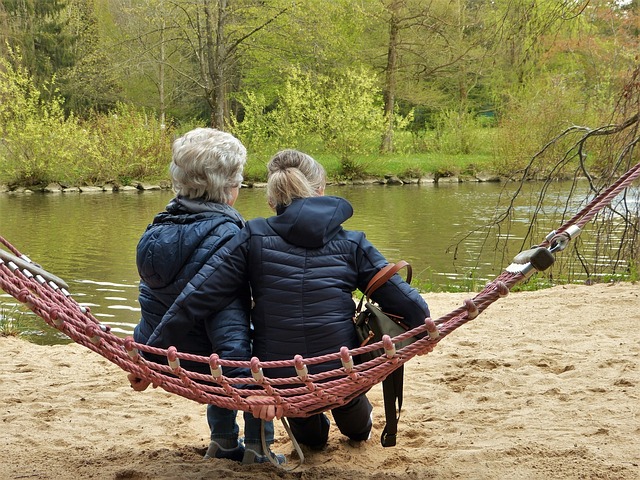
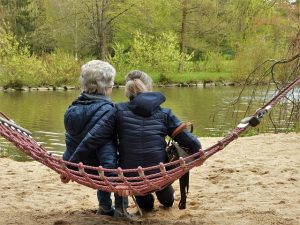 I am one who believes that REAL change occurs from within ourselves first and that once we decide to accept this principle, our lives – and minds (and hearts) – can become clear of all the “baggage” we have been dragging around with us over the course of our lives. Self esteem issues, guilt, regret, resentment, and so much more can be released so that we can finally live the lives we always wanted. I know from personal experience how difficult it has been for me to arrive “at clarity” on this point and now that I have I can report that my life is beginning to finally “take off”! It only took me 38 years to get to this point of consciousness but can you do better? Absolutely! What I would like to propose to you is that it does NOT have to take this long for us to finally “take control” of our lives because we CAN take control of HOW WE THINK today!
I am one who believes that REAL change occurs from within ourselves first and that once we decide to accept this principle, our lives – and minds (and hearts) – can become clear of all the “baggage” we have been dragging around with us over the course of our lives. Self esteem issues, guilt, regret, resentment, and so much more can be released so that we can finally live the lives we always wanted. I know from personal experience how difficult it has been for me to arrive “at clarity” on this point and now that I have I can report that my life is beginning to finally “take off”! It only took me 38 years to get to this point of consciousness but can you do better? Absolutely! What I would like to propose to you is that it does NOT have to take this long for us to finally “take control” of our lives because we CAN take control of HOW WE THINK today! AFFIRMATION
AFFIRMATION I visualize my future and what I want to accomplish in that future so that I can DEFINE what I want to do – and be. I AM a speaker and a writer and I want to make a difference using these gifts so I am diligently preparing for my
I visualize my future and what I want to accomplish in that future so that I can DEFINE what I want to do – and be. I AM a speaker and a writer and I want to make a difference using these gifts so I am diligently preparing for my 
 Pressure put on us because of financial and professional expectations can be overwhelming, and the consequences of this work-related stress can have irreparable health effects. So, if you have vacation days, take them. They serve as the best way to improve your health by escaping the negative effects of overwork, even if it is only temporary.
Pressure put on us because of financial and professional expectations can be overwhelming, and the consequences of this work-related stress can have irreparable health effects. So, if you have vacation days, take them. They serve as the best way to improve your health by escaping the negative effects of overwork, even if it is only temporary.
 People are living longer and, in some parts of the world, healthier lives. This represents one of the crowning achievements of the last century but also a significant challenge. Longer lives must be paid for. Societal aging may affect economic growth and many other issues, including the sustainability of families, the ability of states and communities to provide resources for older citizens, and international relations. The Global Burden of Disease, a study conducted by the World Health Organization and the World Bank, with partial support from the U.S. National Institute on Aging, predicts a very large increase in disability caused by increases in age-related chronic disease in all regions of the world. In a few decades, the loss of health and life worldwide will be greater from noncommunicable or chronic diseases (e.g., cardiovascular disease, dementia and Alzheimer’s disease, cancer, arthritis, and diabetes) than from infectious diseases, childhood diseases, and accidents.
People are living longer and, in some parts of the world, healthier lives. This represents one of the crowning achievements of the last century but also a significant challenge. Longer lives must be paid for. Societal aging may affect economic growth and many other issues, including the sustainability of families, the ability of states and communities to provide resources for older citizens, and international relations. The Global Burden of Disease, a study conducted by the World Health Organization and the World Bank, with partial support from the U.S. National Institute on Aging, predicts a very large increase in disability caused by increases in age-related chronic disease in all regions of the world. In a few decades, the loss of health and life worldwide will be greater from noncommunicable or chronic diseases (e.g., cardiovascular disease, dementia and Alzheimer’s disease, cancer, arthritis, and diabetes) than from infectious diseases, childhood diseases, and accidents.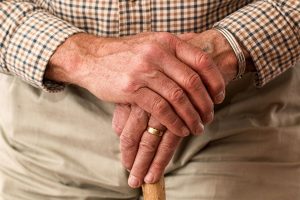 An important feature of population aging is the progressive aging of the older population itself. Over time, more older people survive to even more advanced ages. For research and policy purposes, it is useful to distinguish between the old and the oldest old, often defined as people age 85 and over. Because of chronic disease, the oldest old have the highest population levels of disability that require long-term care. They consume public resources disproportionately as well.
An important feature of population aging is the progressive aging of the older population itself. Over time, more older people survive to even more advanced ages. For research and policy purposes, it is useful to distinguish between the old and the oldest old, often defined as people age 85 and over. Because of chronic disease, the oldest old have the highest population levels of disability that require long-term care. They consume public resources disproportionately as well.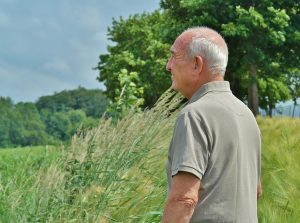 Using data from the United Nations, U.S. Census Bureau, and Statistical Office of the European Communities as well as regional surveys and scientific journals, the U.S. National Institute on Aging (NIA), with input from demographers, economists, and experts on aging, identified nine emerging trends in global aging. Together, these trends present a snapshot of challenges and opportunities that clearly show why population aging matters.
Using data from the United Nations, U.S. Census Bureau, and Statistical Office of the European Communities as well as regional surveys and scientific journals, the U.S. National Institute on Aging (NIA), with input from demographers, economists, and experts on aging, identified nine emerging trends in global aging. Together, these trends present a snapshot of challenges and opportunities that clearly show why population aging matters.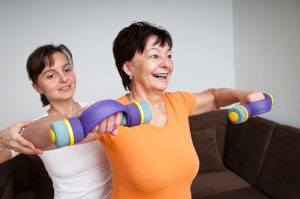 The emphasis in gerontological research has begun to shift from lengthening life to increasing years of health. The new goal is to shorten the period of time that people live in an unhealthy, dependent state. If scientific advances allow us to live 15 or 20 years longer, and if these 15-20 years consist mainly of pain, suffering, and dependence on others, what have we accomplished?
The emphasis in gerontological research has begun to shift from lengthening life to increasing years of health. The new goal is to shorten the period of time that people live in an unhealthy, dependent state. If scientific advances allow us to live 15 or 20 years longer, and if these 15-20 years consist mainly of pain, suffering, and dependence on others, what have we accomplished?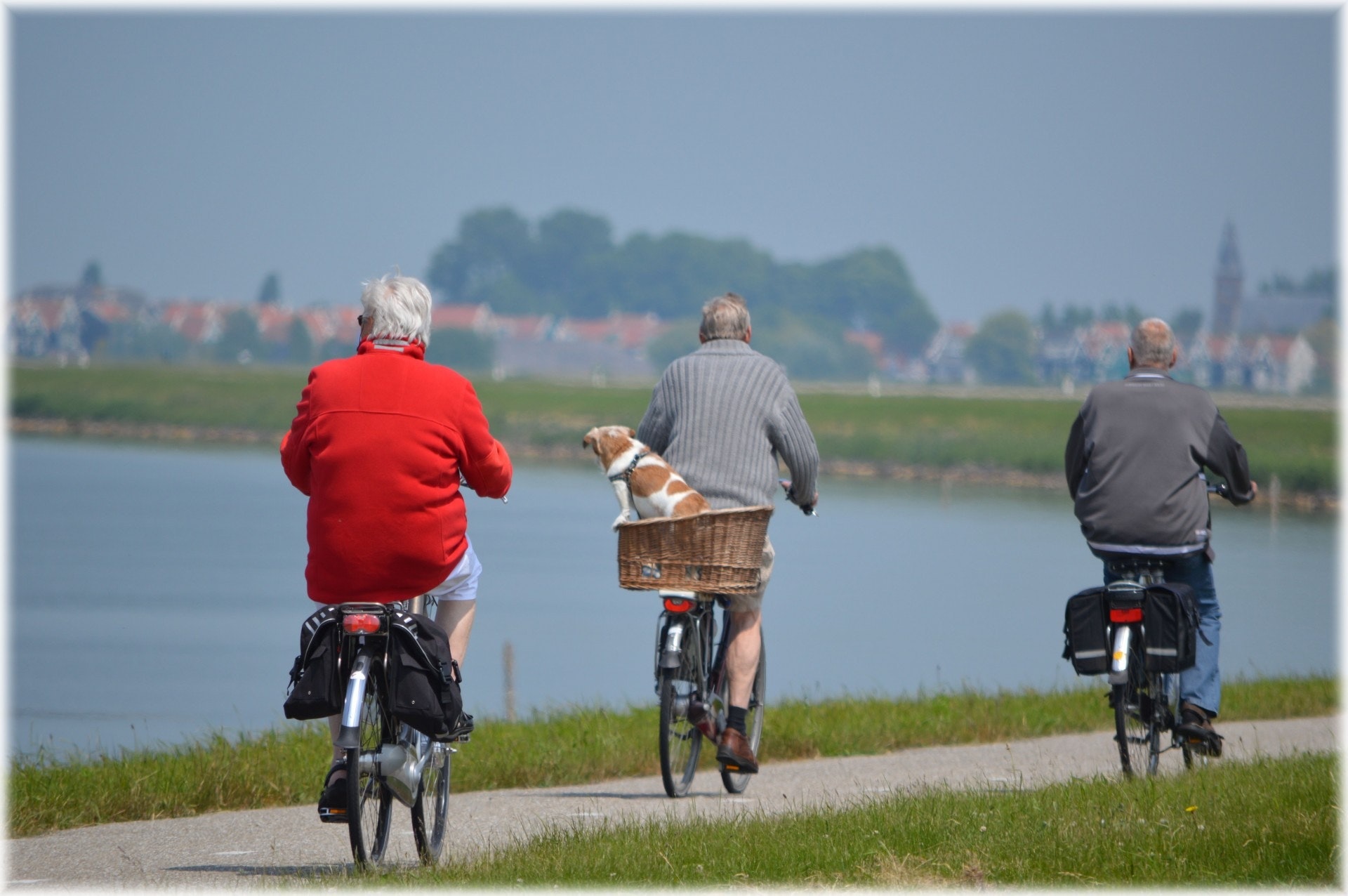
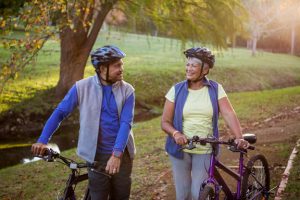 How did we become a society of illnesses, along with conditions such as cancer, heart disease, obesity, diabetes and so many other health concerns? According to statistics, the expenses related to health care are on the rise, with almost 4 trillion dollars in 2014. Along with various studies, the reason behind the illness is our body adapted to the environments years ago but has become dysfunctional in this newly created society. Scientists have also reflected on allergies continuing to be widespread and the process of food production has grown significantly along with an inactive lifestyle.
How did we become a society of illnesses, along with conditions such as cancer, heart disease, obesity, diabetes and so many other health concerns? According to statistics, the expenses related to health care are on the rise, with almost 4 trillion dollars in 2014. Along with various studies, the reason behind the illness is our body adapted to the environments years ago but has become dysfunctional in this newly created society. Scientists have also reflected on allergies continuing to be widespread and the process of food production has grown significantly along with an inactive lifestyle.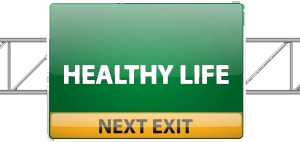 Kidney Disease: 9th largest cause of death for both men and women. Keep your blood sugar in balance to prevent this, which can be influenced by high blood pressure or diabetes. Kidney injuries can be driven by dehydration, loss of blood, kidney infections, and urine flow blockage. After three consecutive months of kidney function loss, it’s concluded as chronic kidney disease. The symptoms can be nausea, appetite loss, tightening of muscles, and urine volume reduction. Prevention options are hydration, maintaining weight, reducing protein and cutting out salt.
Kidney Disease: 9th largest cause of death for both men and women. Keep your blood sugar in balance to prevent this, which can be influenced by high blood pressure or diabetes. Kidney injuries can be driven by dehydration, loss of blood, kidney infections, and urine flow blockage. After three consecutive months of kidney function loss, it’s concluded as chronic kidney disease. The symptoms can be nausea, appetite loss, tightening of muscles, and urine volume reduction. Prevention options are hydration, maintaining weight, reducing protein and cutting out salt.